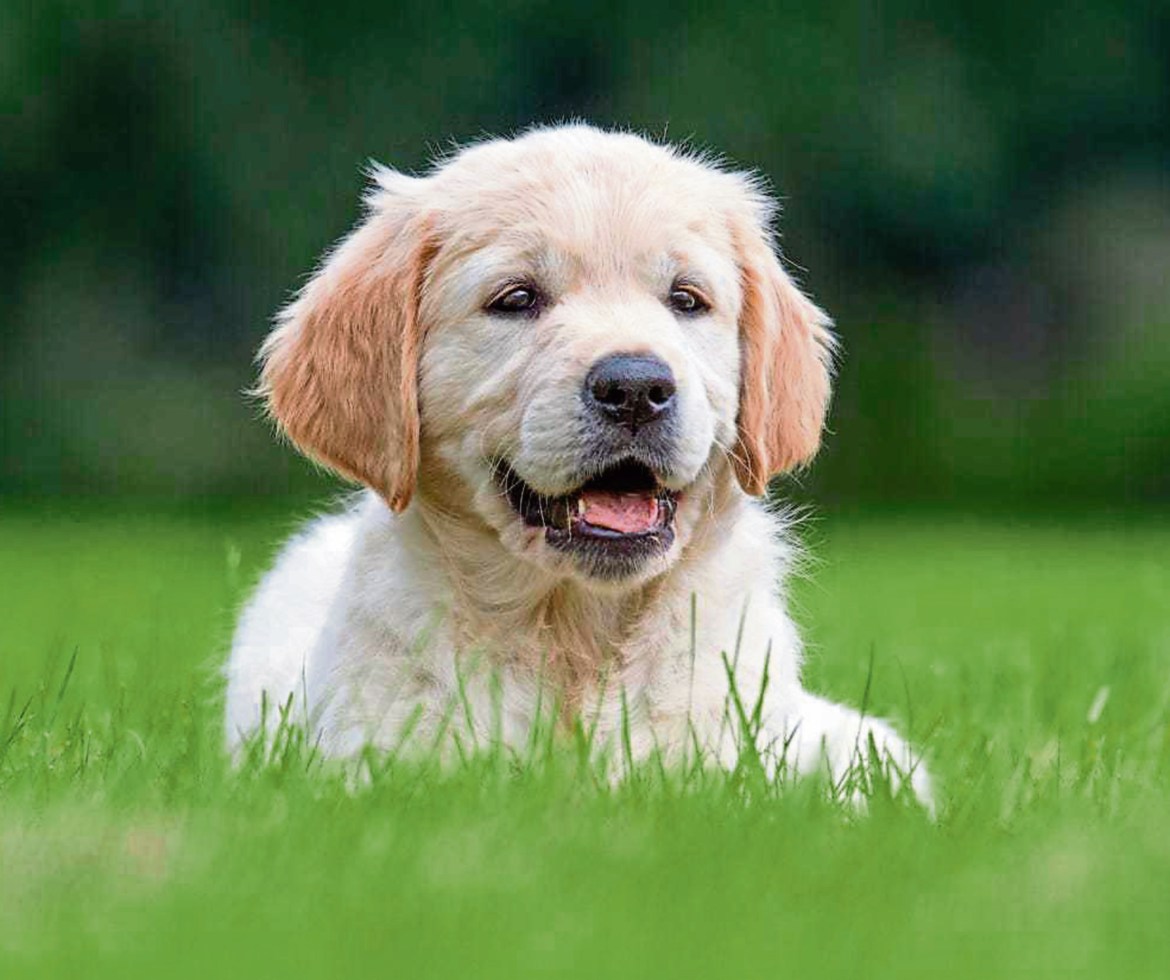- Hay fever season is in full swing, and while many of us are sneezing and wiping our eyes, it might surprise you to know that dogs can suffer too.
- Pollen allergies in dogs develop much like they do in humans – by coming into contact with pollen from trees, grass, and plants. Symptoms usually show up early in life and can return every year once the pollen count rises.
- tell-tale symptoms
- One of the tell-tale signs of hay fever in dogs is skin irritation. If you notice your pup itching, rubbing, or nibbling their paws, eyes, ears, mouth and other areas of their body, especially after a grassy walk (grass pollen is particularly high from mid-May to July), this could indicate that they’re suffering from an allergic reaction to pollen.
- As with humans,
- a pollen allergy can leave your dog with red skin rashes. Their skin might also look sore, especially in areas that regularly touch the ground, like their paws, legs, around their bum, and groin area. You may also notice redness around their eyes, ears, mouth and muzzle, as well as their armpits and tummy.
- Their skin can also look flaky from excessive rubbing or licking. They can also lose patches of fur. Even if their skin looks fine, you should still monitor any excessive itching. Frequent scratching can cause a build-up of bacteria and yeast and lead to skin, ear and eye infections, so watch your pup closely throughout the Summer.
- You may notice a watery discharge from their eyes and nose. However, these are less common symptoms of hay fever in dogs. If you notice any persistent discharge or discharge with a cloudy, yellow or green appearance, visit your veterinarian – it could be something more severe like a blockage or infection.
- Again, sneezing and coughing are less common symptoms of hay fever, but they are still essential to monitor. In some cases, hay fever symptoms can involve the respiratory system with coughing or sneezing. However, frequent sneezing is more likely to be a different irritation like dust of indicative or something stuck in their nose or throat. If you think your dog is experiencing any breathing problems, always contact your vet immediately.
- The best way to naturally relieve hay fever symptoms in your pooch is to limit their exposure to pollen. This may be difficult if you live in the countryside, but here are a few things you can try to help manage the symptoms.
- The pollen count is much lower early in the morning and late at night once the temperature drops. If your dog is suffering, try to keep their walks and outdoor activity around these times.
- When you go out, keep your dog on a lead in grassy areas to stop them from rolling around and covering themselves in pollen. You can also plan your walks and try to avoid areas with lots of weeds and woodland or grassland areas.
- Research suggests that exposing your dog to a range of pollen like in grass, trees, and plants, when they are young can help them build immunity to developing hayfever symptoms.
- Mow your grass in your garden regularly to keep it short. Keeping the grass short can also prevent grass seed injuries where seeds attach themselves to your dog’s fur and, when undetected, can burrow into the skin. You can also reduce your dog’s time spent in the garden.
- Consider allergy testing
- If your dog is really suffering, it might be time to consider allergy testing. This is when your veterinarian examines your dog to determine the root cause of skin irritation, infections and discomfort. They may also recommend testing for specific allergens.
- Depending on the outcome, they may suggest immunotherapy – a treatment where your dog is administered with small doses of the allergen on a regular basis to reduce the symptoms of allergies, which can even potentially result in a permanent cure.
- Can I give my dog hayfever tablets?
- While hay fever in dogs can’t be cured – there are ways you can manage the symptoms to make it more bearable for your dog. The best thing to do is to contact your vet. Particularly if you think your dog needs medicinal help. Your vet will be able to recommend various treatments from topical shampoos, skin creams and sprays, ear and eye drops or even steroids in severe cases.
- You may have heard of people giving antihistamines or Piriton to their dogs. Firstly, they are not always effective, and more importantly, some human antihistamines can be toxic, so only administer these under the direction of your vet.
- The main active ingredient in Piriton is chlorpheniramine which is generally safe for dogs. Still, other brands can contain cetirizine hydrochloride, which isn’t as safe. Always follow your vet’s advice so you can enjoy the summer with your pup without any worries or issues!













